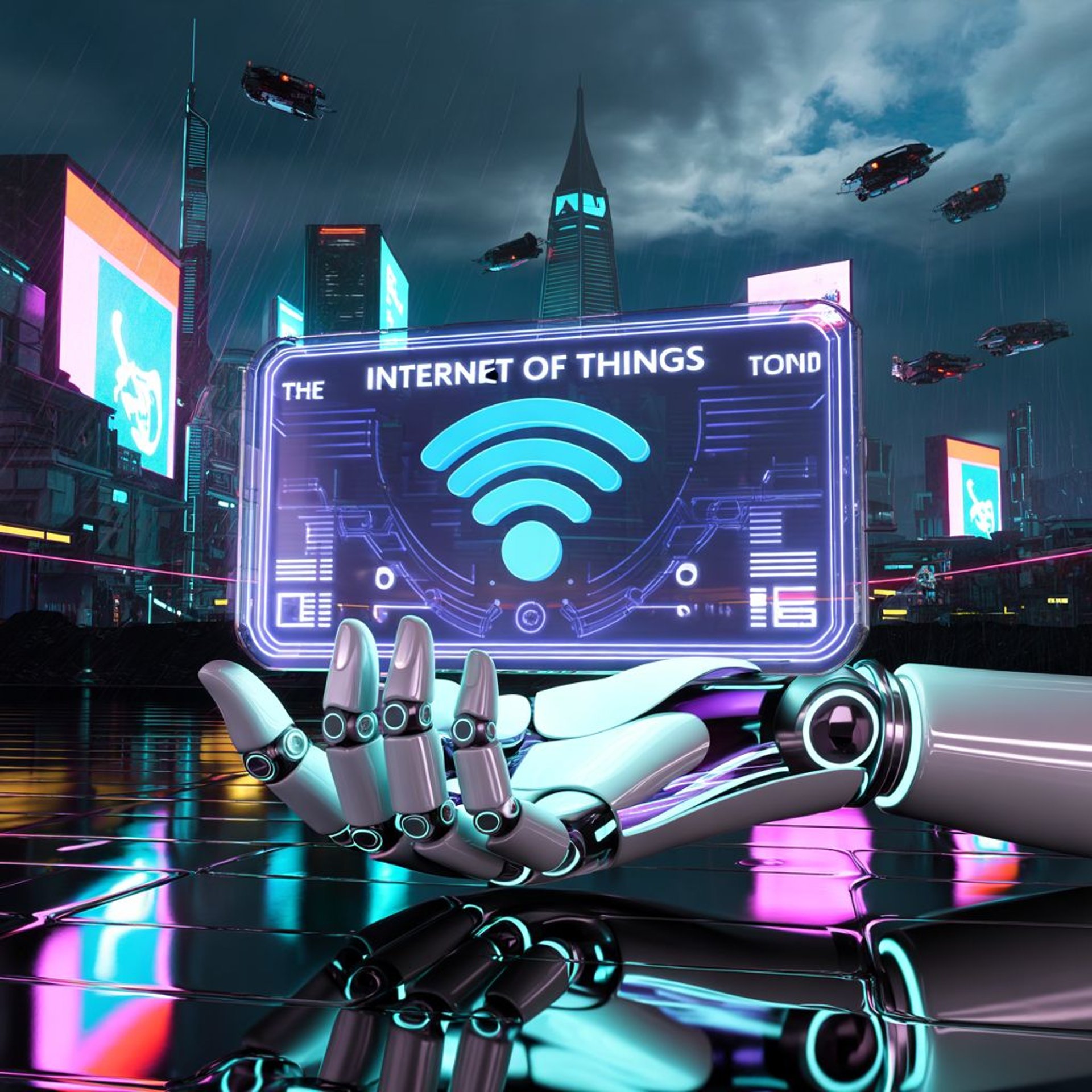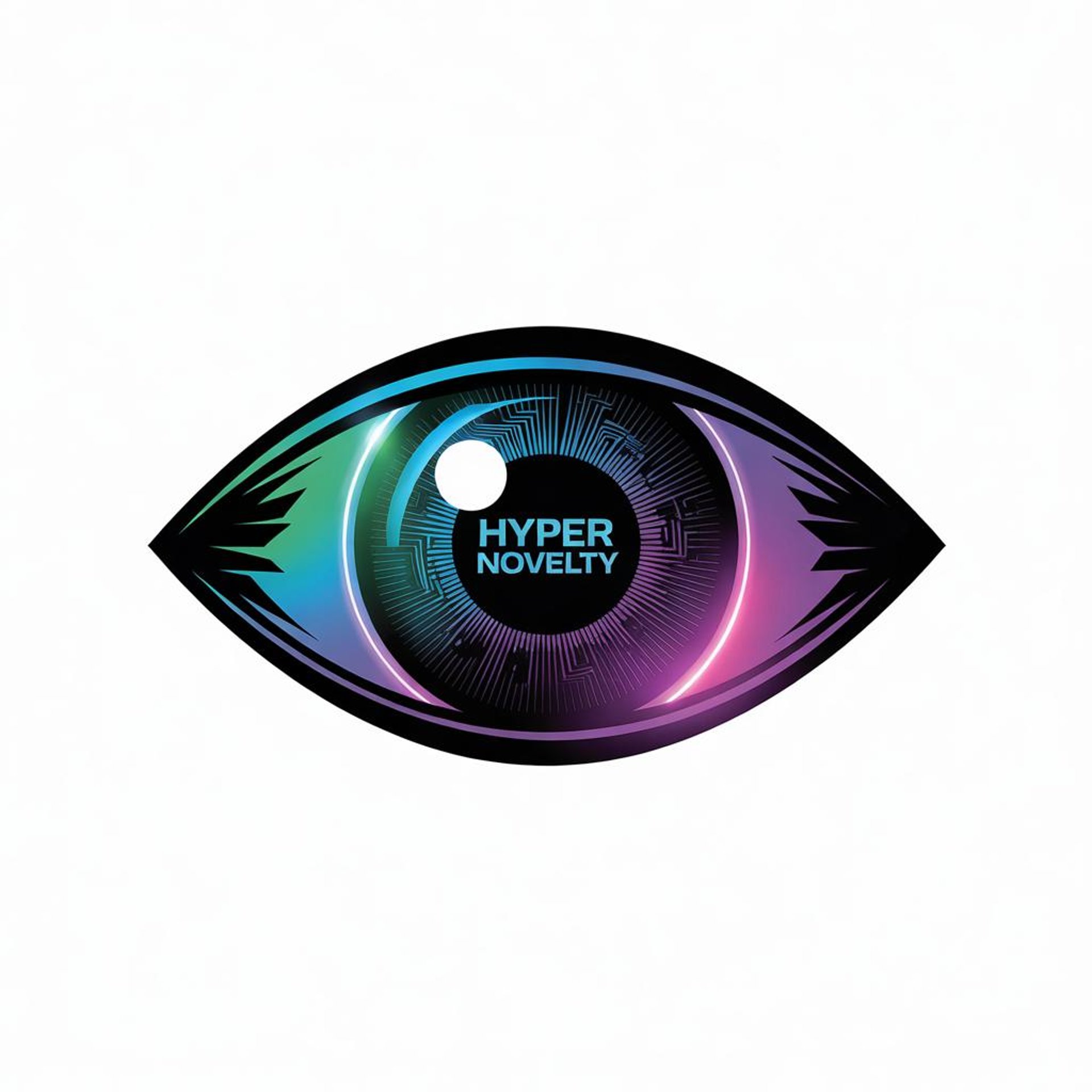
What is the Internet of Things (IoT)?
The Internet of Things (IoT) refers to a network of physical devices (e.g., sensors, appliances, vehicles, and machines) connected to the internet, enabling them to collect, share, and act on data without human intervention. These devices interact with each other and their environment, creating smarter and more efficient systems.
Key Features of IoT
Connectivity: Devices communicate via the internet or local networks.
Data Collection and Sharing: Sensors gather data, which is analyzed for actionable insights.
Automation: Devices perform tasks autonomously, reducing the need for human control.
Real-Time Operation: IoT systems provide real-time monitoring and responses.
Scalability: Millions of devices can be interconnected, forming large ecosystems.
Examples of IoT Applications
Smart Homes: Devices like thermostats, lights, and security cameras work together (e.g., Google Nest, Ring).
Healthcare: Wearable devices monitor health metrics (e.g., Fitbit, glucose monitors).
Industrial IoT (IIoT): Factories use connected machinery for predictive maintenance and efficiency.
Smart Cities: Sensors manage traffic, waste, and utilities (e.g., smart traffic lights, water meters).
The Evolution of Blockchain and Web3 Integration
Blockchain and Web3 technologies are transforming IoT and laying the foundation for Web4 by addressing key IoT challenges, such as security, scalability, and data ownership.
Why Blockchain is Essential for IoT
Decentralization: Eliminates single points of failure, making IoT systems more resilient.
Security: Blockchain’s cryptographic mechanisms ensure data integrity and prevent tampering.
Transparency: Blockchain records are immutable and auditable, increasing trust in IoT systems.
Smart Contracts: Automate processes like payments, device authentication, and data sharing without intermediaries.
Data Ownership: Users retain control over their data instead of relying on centralized IoT platforms.
Steps in the Evolution of Blockchain and IoT
Integration (2018–2022):
Blockchain was introduced as a solution to IoT’s security and privacy concerns.
Early use cases included supply chain tracking (e.g., IBM Food Trust) and smart contracts for IoT devices.
Web3 Adoption (2022–2025):
Web3 decentralized technologies, like Ethereum and Polkadot, enabled peer-to-peer IoT networks, reducing centralized control.
IoT devices started using cryptocurrencies for machine-to-machine (M2M) payments (e.g., an electric car paying a charging station).
Interoperability (2025 and Beyond):
Blockchain platforms like Hedera Hashgraph and IOTA began enabling different IoT ecosystems to communicate seamlessly.
Decentralized Autonomous Organizations (DAOs) started managing IoT networks, giving users governance rights.
The Path from Web3 to Web4
Web4 builds on the foundation of Web3 and IoT by incorporating human-machine symbiosis. This evolution is driven by advancements in AI, blockchain, and neural technology.
Key Milestones
Web3 Era: Focused on decentralization and user control.
IoT devices become part of decentralized networks (e.g., Helium Network, where IoT devices earn cryptocurrency for providing connectivity).
Web3 protocols integrate with IoT, creating trustless systems for device communication and data sharing.
Transition to Web4:
AI Integration: IoT data is analyzed in real-time by AI systems, making devices smarter and more responsive.
Neural Interfaces: Technologies like brain-computer interfaces (BCIs) enable direct communication between humans and IoT systems.
Blockchain Scaling: High-throughput blockchains (e.g., Solana, Layer 2s on Ethereum) support billions of interconnected devices.
Web4 Vision (2030+):
IoT devices become extensions of human senses (e.g., AR glasses, smart implants).
Blockchain ensures secure, decentralized identity and data ownership for every user and device.
AI-powered IoT ecosystems predict human needs and act autonomously (e.g., a smart city adjusting to optimize traffic flow based on real-time conditions).
Challenges and Solutions
Scalability
Layer 2 blockchain solutions (e.g., Optimism, Arbitrum) and sharding.
Security and Privacy
Blockchain encryption and zero-knowledge proofs (ZKPs).
Energy Efficiency
Transition to eco-friendly blockchains like Ethereum 2.0 (proof of stake).
Interoperability
Cross-chain bridges and protocols like Polkadot and Cosmos.
Conclusion
The integration of IoT, Blockchain, and Web3 is creating a more decentralized, secure, and user-centric internet. These technologies are paving the way for Web4, where IoT will not only interact autonomously but also merge seamlessly with human capabilities through AI and neural interfaces. The journey from Web3 to Web4 represents a shift from decentralized ownership to a fully immersive, symbiotic relationship between humans, machines, and the internet.

